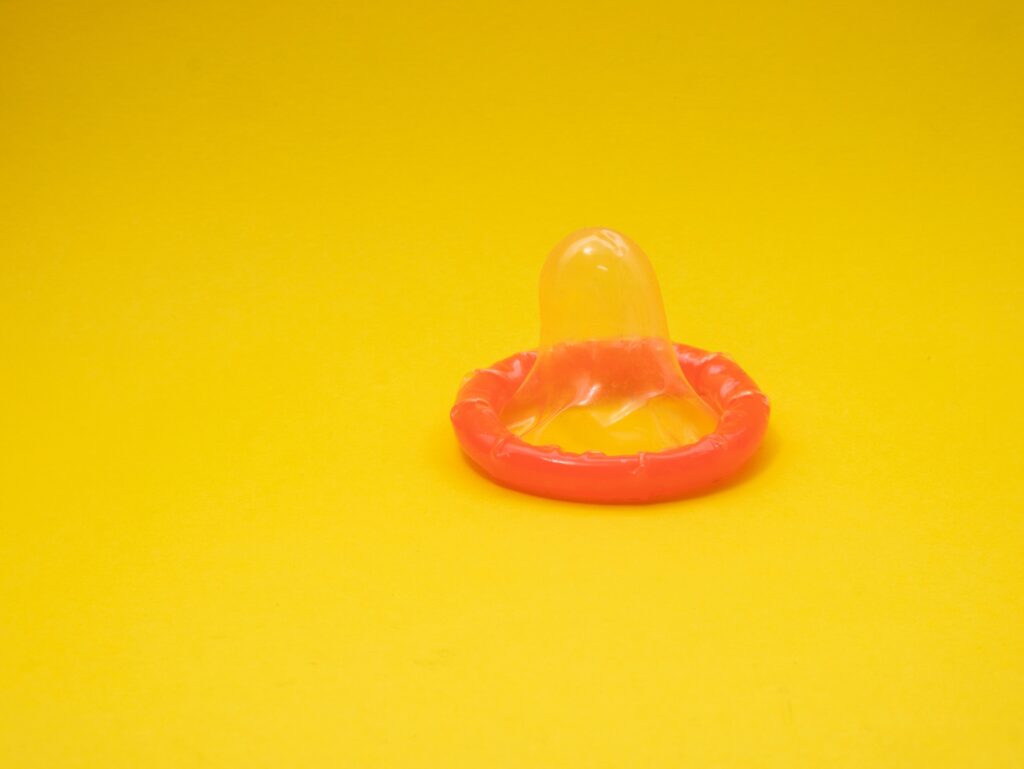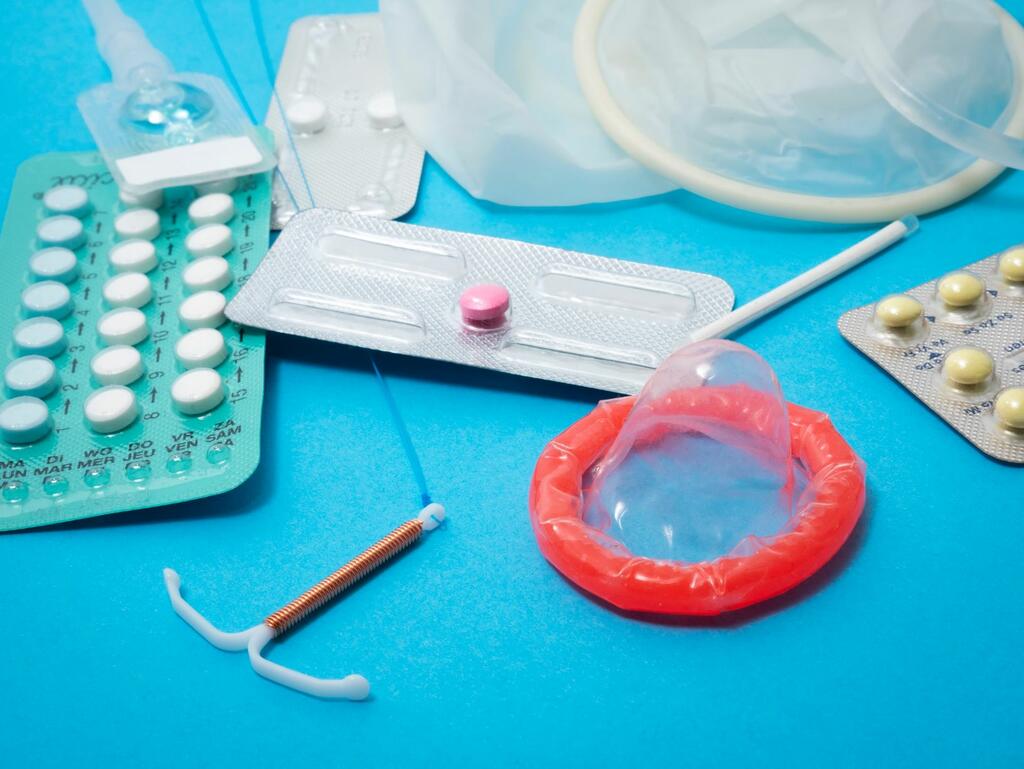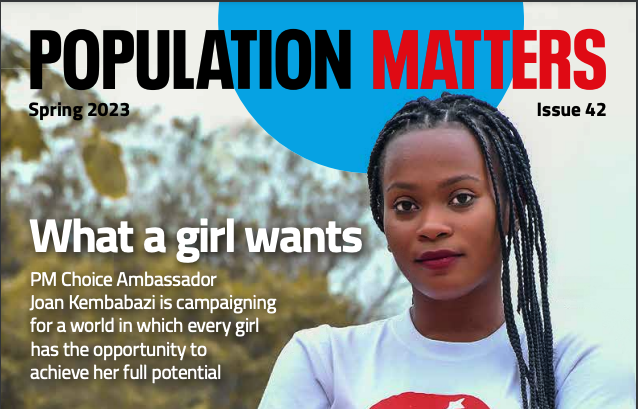
When will the contraception burden be equally shared?
The overwhelming burden for contraception still lies with the female partner. The development of male alternatives (aside from condoms and vasectomies) has been slow, due in no small part to a mindset that wants to protect men from the kind of side effects that have impacted women for decades. We look at whether there is any light on the horizon.
In 2020, we published a blog detailing the progress (or distinct lack thereof) in developing new forms of male contraception. Given the absence of proper motivation towards making a breakthrough discovery, it would seem unlikely that anything has moved forward significantly in the intervening three years. Still, we felt it was time for an update.

What’s the problem?
Did you know, meeting the unmet need for modern contraception worldwide would result in 21 million fewer unplanned births, 46 million fewer abortions and 700,000 fewer pregnancy-related deaths? Nearly half of all pregnancies in the world are unintended. These statistics boggle the mind and make the lack of any new alternatives for men even more remarkable.
While this disproportionately affects women in poorer countries, it is an issue all over the world. The latest European Contraception Policy Atlas, published by the European Parliamentary Forum for Sexual & Reproductive Rights earlier this year reported clear divisions in ease of access to contraception in Europe. Much of Eastern Europe performed badly, when considering access to supplies, access to counselling and the availability of online information. Furthermore, as many as 36% of pregnancies in Europe are unintended, and 28 European countries offer little or no reimbursement for contraception.

Globally, tubal ligation (female sterilisation) remains the most common form of contraception, despite the procedure being riskier (and four times the cost in the US) than the male equivalent (a vasectomy).
For most of the history of both tubal and vasectomy, there have usually been two or three tubals for every vasectomy. When you look at the data about efficacy and safety, it really should be the other way around. In countries where they’ve advertised vasectomy as a better technique and made a great effort to advertise the advantages, the ratio is reversed.
Dr. Marc Goldstein, M.D., chief of male reproductive surgery at Weill Cornell Medicine
According to the Institut National D’Etudes Démographiques, the most popular methods of contraception worldwide are (in descending order): female sterilisation (24% of women using a contraceptive method), the male condom (21%), the IUD (17%), the pill (16%), injections and implants (10%).
Male Options
Back in 2020, we reported on a number of contraceptions in development. Among them were hormonal methods such as a gel containing testosterone and a synthetic analogue of progesterone, developed by the Population Council and applied to the shoulders once a day, and a 2019 trial showed promising results for a compound called dimethandrolone undecanoate (DMAU).
Over the last half century, many possible methods for male birth control have been proposed, including some that have made it to clinical trials in humans. However, each one has eventually met a dead end – even those that are safe and effective have been written off due to undesirable side effects. Several male pills have been rejected on the grounds that they lead to symptoms that are extremely common among women taking female versions.
Zaria Gorvett, BBC
The serious recent development comes in the form of a new male birth control pill. Taken shortly before sex, it administers a single dose of Soluble adenylyl cyclase inhibitor to stop sperm motility and maturation. Initial trials have taken place with mice, causing temporary infertility in the male mice, with full fertility returning the next day. So far, they only have a proof of concept and “several challenges remain” before it can go through clinical human trials, so it is likely to be some time before it is ready to come to market.
There is more positive news in that the increasing demand for male alternatives is being recognised, and new types of investment are starting to be made. NEXT Life Sciences, Inc. has raised seed funding of $1.55m and is looking to initiate clinical trials towards the end of this year. Their offering utilises Vasalgel, a “long-acting, non-hormonal and reversible contraceptive hydrogel for men”, acting as a flexible filter to block the flow of sperm, preventing pregnancy.
Get a move on
It looks like some 70 years after the first birth control pill was invented there may be a male equivalent on the horizon (only 66 years after it was first mooted), although that particular big breakthrough has forever seemed tantalisingly close but is yet to arrive. If you stop and think about why it’s taken so long and why its development has always been subject to a higher level of scrutiny, it does not reflect well on society.
Undoing decades-long norms where women have taken the lion’s share of responsibility for contraception is not easy to undo, but there is hope that things are changing, and various surveys indicate that men are increasingly keen to share the burden. We’re not there yet but, hopefully, these new advances and changing attitudes will bring a greater level of equality to the world of birth control in the near future.



